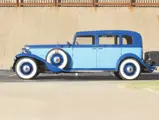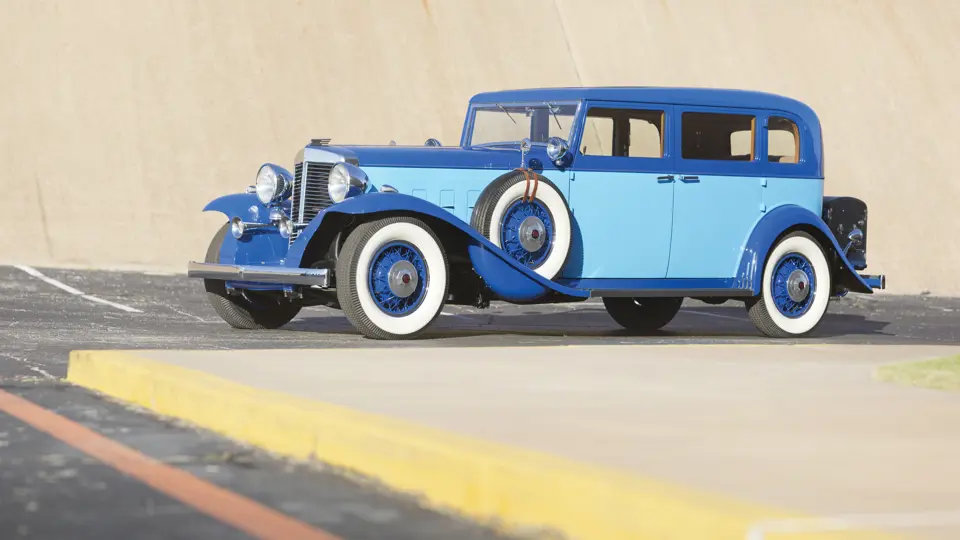
1933 Marmon Sixteen 5-Passenger Sedan by LeBaron
{{lr.item.text}}
$330,000 USD | Sold
{{bidding.lot.reserveStatusFormatted}}
- Known history since new
- Formerly owned by Marvin Tamaroff
- Beautiful restoration by Marmon Sixteen expert Harry Sherry
- CCCA National Senior Award winner
- Documented by Dyke W. Ridgley’s Marmon Sixteen Roster
200 bhp, 490.8 cu. in. OHV V-16 engine, three-speed manual transmission, solid front axle with semi-elliptic leaf springs, live rear axle with semi-elliptic leaf springs, and four-wheel vacuum-assisted mechanical drum brakes. Wheelbase: 145 in.
Introduced in 1931, the Marmon Sixteen represented automobile pioneer Colonel Howard Marmon’s ultimate, greatest, and most impressive vision for what a luxury car should be. With beautiful coachbuilt bodies by LeBaron and a state-of-the-art overhead-valve engine displacing over 490 cubic inches, the Marmon Sixteen boasted 200 horsepower and was capable of a top speed over 100 mph. A triumph of pattern-making and foundry technology, the Sixteen’s all-aluminum engine construction was matched to a chassis that was state of the art, and the model had an unmatched power-to-weight ratio. In fact, the car reportedly was capable of out-accelerating a Duesenberg Model J, while costing buyers only one third as much—something that no doubt embarrassed Marmon’s Indianapolis neighbor.
Credit for the Sixteen’s styling is often given to industrial design legend Walter Dorwin Teague Sr., but it was, in fact, his son, Walter Jr., who penned the beautiful lines that ultimately entered production. A student at MIT, Dorwin, as he was known, was a gifted designer in his father’s mold, who envisioned a sleek and graceful car that was completely devoid of gratuitous ornamentation and characterized by simple shapes, with a bold beltline, low roofline, and raked windshield. Particularly noteworthy were the fenders, with an understated skirting in the front that served to hide the working components of the suspension and chassis.
Unfortunately, Cadillac’s own V-16 beat Marmon to the market by almost two years, stealing the thunder of what otherwise would have taken the automotive world by storm. Also, Howard Marmon lacked a deep-pocketed backer like General Motors to help his company survive the Great Depression. The writing was on the wall, and the end came quietly in 1933. The Sixteen was the final production Marmon automobile, but it was also the car that ensured that this great company—winner of the first Indianapolis 500 in 1911—would be remembered for its exploits on the road as well as track.
Dyke W. Ridgley, of the Marmon Sixteen Roster, estimates that between 370 and 375 Sixteens were produced. Of the 76 known survivors, 14 are five-passenger sedans, of which only four are 1933 models retaining their original bodywork. The car offered here is one of those fortunate four, and as researched by Mr. Ridgley, it has known ownership history since new.
The car was acquired in the spring of 1934 by a variety store owner, A.L. Duckwall, from his local dealer, Vern Peattle, of Salina, Kansas. It was apparently traded back to the dealer within a few years, and it was again sold by Peattle in 1937 to E.H. Sudendorf, of Salina. Sudendorf retained ownership of the Marmon until his passing in 1951. The Sixteen then was sold by his estate in 1954 to Perry Fuller, of Salina. Mr. Fuller stored the Marmon from 1956 until 1968, and it remained in his possession until 1988, when Kenneth Peterson, of Sylvan Grove, Kansas, purchased the car after 12 years of pursuit. The Marmon remained in Kansas until 1990, when it was finally sold out of the state where it had been delivered new 56 years earlier, requiring a restoration but still solid and remarkably complete.
New owner Peter Lambert, of California, planned a restoration, but he was unable to complete the work, and in 1997, the car was sold by Lambert’s daughter to noted collector and Marmon Sixteen enthusiast Marvin Tamaroff. Ten years later, Tamaroff had the Sixteen restored by Harry Sherry, of Warsaw, Ontario, who is generally regarded as one of the foremost Marmon Sixteen restorers. Known for the outstanding quality and accuracy of his work, Sherry has returned many of the surviving examples to beautiful condition.
The restoration included finishing the car in Mr. Tamaroff’s signature colors of dark blue with robin’s egg blue body sides, with a complementary beige cloth interior. A full rebuild of the engine included new pistons and liners, the crankshaft and cam being re-ground, all bearings babbited, and the rebuilding of the original heads.
With the restoration still very fresh and complete, the Marmon was sold to its present owners, noted collectors in the American Southwest, in whose collection the car has been lovingly preserved, maintained, and enjoyed. In their care, it was judged by the Classic Car Club of America, and in 2009, it received its CCCA National Senior Award.
Sixteens are a delight to drive. Their significant weight advantage over other luxury classics of the era give the cars an ease of steering and handling performance that provides the enthusiast with a very “modern” motoring experience.
This car represents everything one seeks in a Classic: a powerful engine and advanced chassis; one of only four known, complete 1933 examples in this body style; known history since new; and an award-winning restoration by a highly knowledgeable restorer for one of the world’s foremost enthusiasts of the model. It can be safely said to stand among the finest, which would no doubt satisfy the perfection-seeking Howard Marmon.







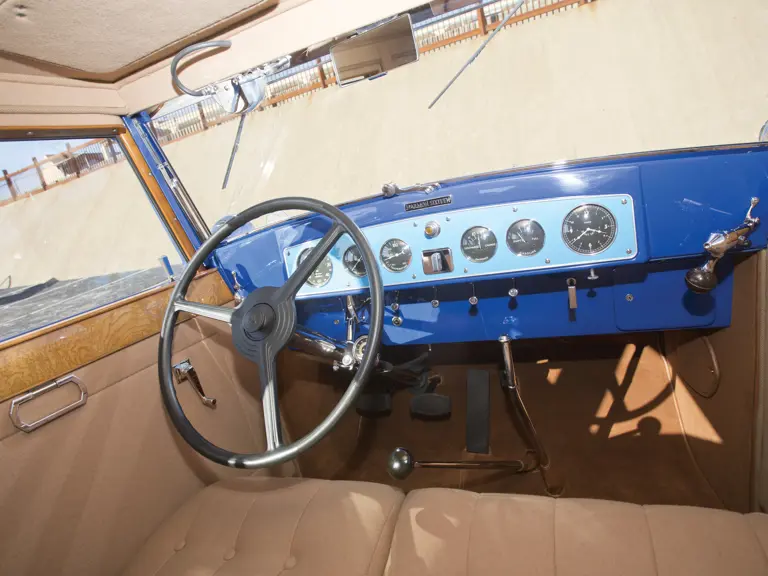

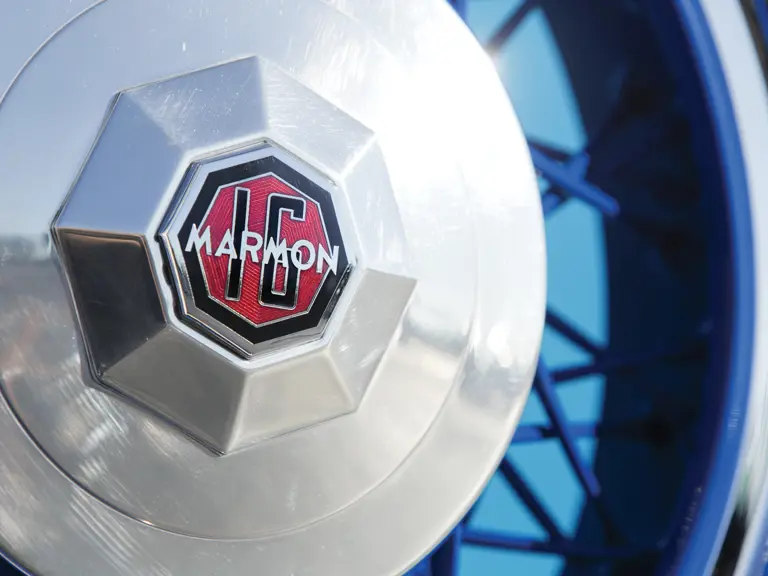
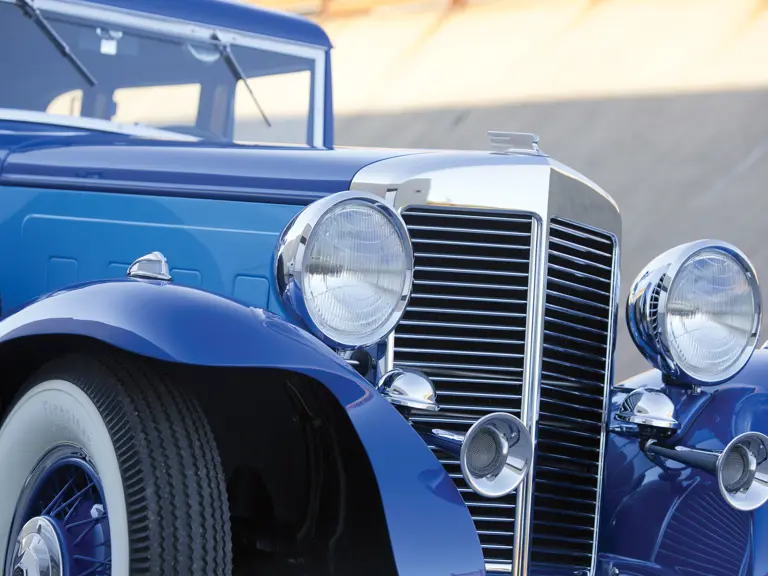

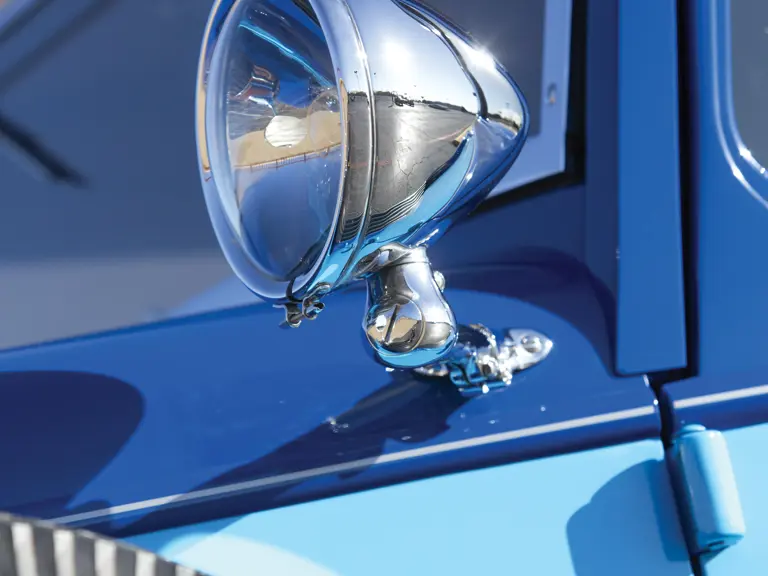
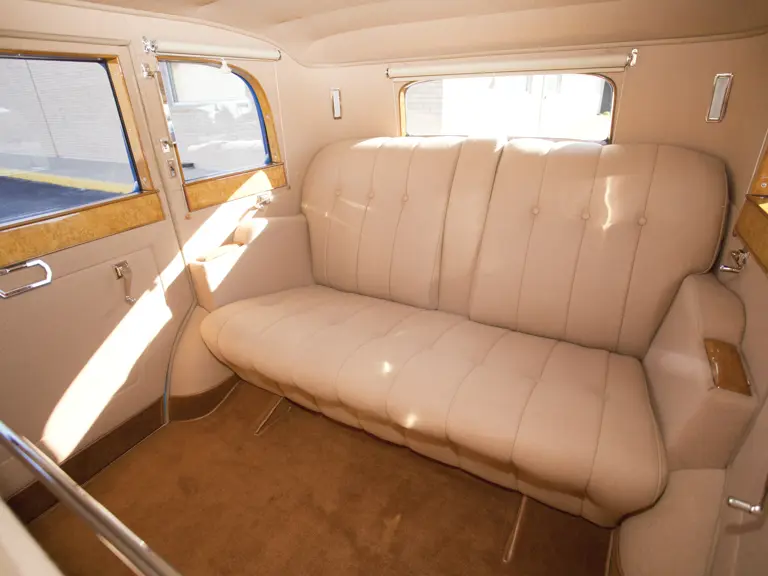
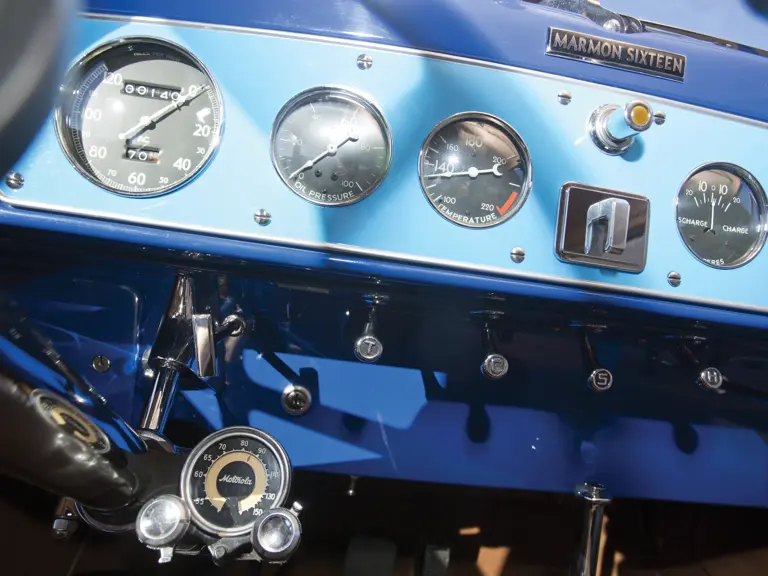


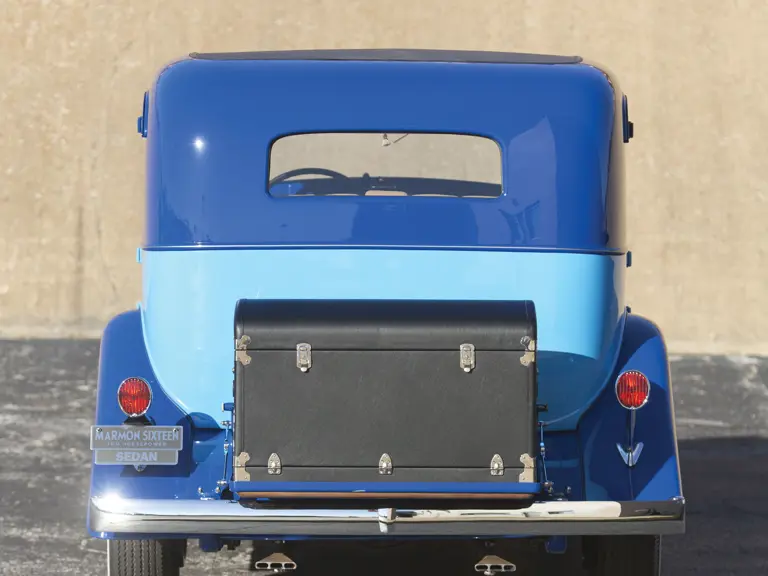
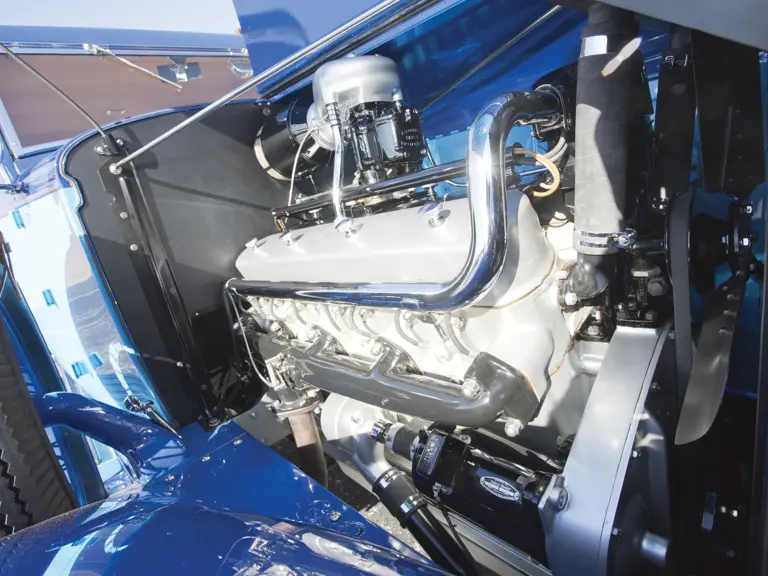
 | Plymouth, Michigan
| Plymouth, Michigan



